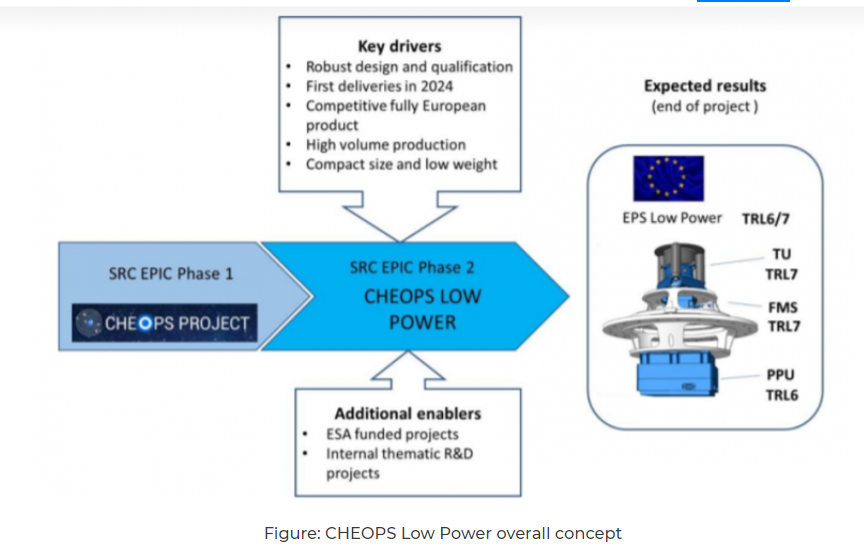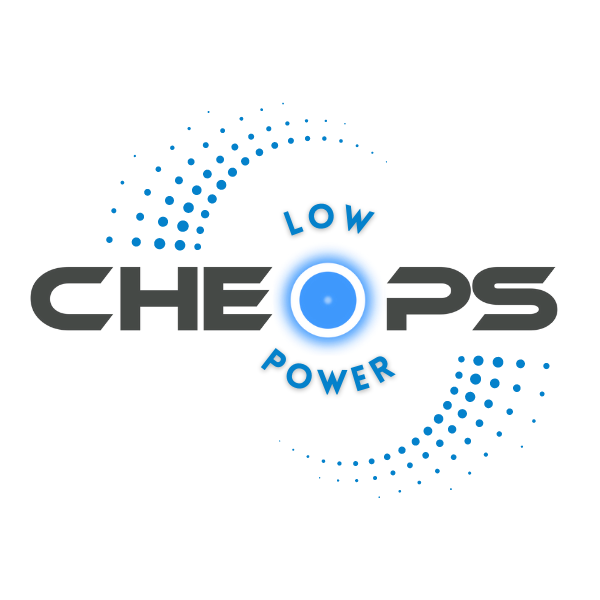CHEOPS Low Power is a H2020 European project that focuses on the design of different elements of the system of Hall Effect Thruster (HET) Low Energy Electric Propulsion. Electric propulsion provides relatively small thrust in a very efficient manner, compared to expensive chemical propellants which are the first and most common in use. The project ambitions to achieve a TRL6/7 at system level EPS by the end of the project. CHEOPS LP is the continuation of CHEOPS project (https://www.cheops-h2020.eu/) that has finished in October 2020.
Based on the technical results and economic data gathered from the CHEOPS project, achieved in close collaboration with European satellite designers (TAS-F, AST, OHB, and DLR), Lower Power EPS has shown to meet a strong potential in terms of performance and cost for the future satellite markets
A number of successful missions using electric propulsion onboard (in European SMART-1 and Alphabus, the Japanese Hayabusa, not to mention the NASA’s DAWN mission) confirm this general trend to move from chemical to electric propulsion coupled with the use of more efficient solar arrays, and the consequential growing availability of on – board power. In a very competitive market, the ability to replace chemical propulsion with electrical propulsion lead to a reduction in terms of mass and volume savings in the order of 40%, thus allowing smaller and lighter satellites to be built which in turn means a 30% launch cost reduction or 30% mass increase of valuable payload.
Impact
The EPS system produced by CHEOPS LOW POWER is targeting a promising and growing market segment (power range 200 W to 1000W), in order to position the European space industry in the world electric propulsion arena. Market studies conducted during CHEOPS Phase 1 reveal that this particular market segment ensures constant growth and lower competition than the ≤300W power budget market, which is already experiencing high competition. Led by industry, and involving key players of the European space community, CHEOPS LOW POWER is entirely market-oriented and designed to respond to specific market needs by delivering a high TRL EPS ready for IOD. Driven by the cost and the quality of the final product, CHEOPS LOW POWER consortium members will further develop and use advanced technology, diagnostic, optimisation and simulation tools, which are essential in order to secure a strategic position on the world space market in the medium and long term. Furthermore, the use of the abovementioned tools leads to higher flexibility starting from the design phase and a greater capacity for the manufacturers to adapt to customer needs, thus increasing the economic impact of the CHEOPS LOW POWER results.

